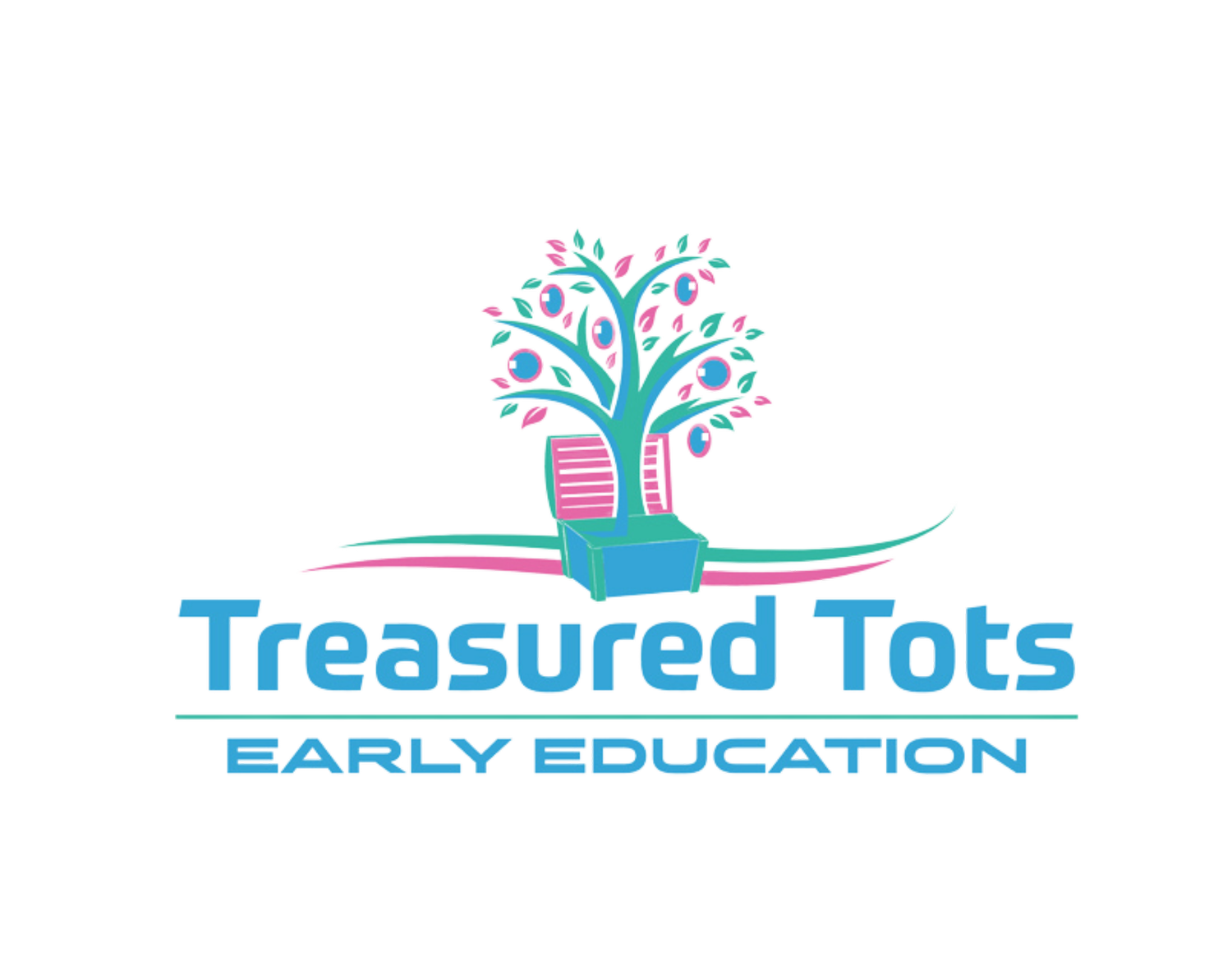Is Reggio Emilia The Same As Montessori?
If you’re in the process of choosing an early learning centre for your child, you’ve probably come across the Reggio Emilia and Montessori approaches to education.
There’s a lot of information out there and we understand that it can be stressful researching all the different options and working out what’s best for your family. You may find the following comparison of the two philosophies helpful as you weigh up your options and make that all-important decision for your precious child.
While the Montessori and Reggio Emilia approaches are very similar, there are some key differences between the two.
Both methodologies are progressive, flexible and child-centric and they both promote play-based learning. They both view each child as unique, competent, resourceful, capable and independent and both aim to inspire a lifelong love of learning. They also both encourage a collaborative, nurturing and social environment and are focused on helping young children develop crucial life skills which will help them to move forward successfully.
Neither has a standardised curriculum and in both approaches, the educator’s role is that of a guide, not as an imparter of knowledge. Neither approach uses formal assessments or grading but rather builds a portfolio of the child’s work and documents their participation.
And both approaches originated in Italy!
That’s basically where the similarities end, so now let’s look at the key differences between the two.
Age range
The Reggio Emilia approach is used for pre-school learning, whereas there are Montessori schools for children from kindergarten to year 12.
Reggio Emilia groups children in traditional year ranges, while Montessori integrates children of different age-ranges in the same classroom (eg you can have 3, 4 and 5 year olds in one classroom). A Montessori teacher will often have the same students for a number of years, whereas Reggio Emilia educators will support children for a single academic year.
Classroom structure
Montessori is a more structured approach with a general curriculum that includes things like maths, language, geography, science and music. Children are given the freedom to choose their preferred activities, and are encouraged to work on tasks that are appropriate for their particular stage of development.
By contrast, there is no fixed curriculum in the Reggio Emilia approach. Instead, it is a philosophy where a child’s natural curiosity directs their learning.
Role of the educator
Neither approach gives whole-class instruction or attempts to impart knowledge through direct instruction. However, the Reggio Emilia philosophy is about child-led, child-paced learning. The educator‘s role is one of co-learner as they use their close observations and attentive listening to guide the child along their journey of exploration and discovery.
The Reggio Emilia approach is also more collaborative, with parents, extended family, children and educators viewed as partners.
Montessori teachers are considered guides, but they also direct the children’s education. The children choose from a pre-prepared selection of age-appropriate materials or activities and work for a set amount of time to complete a project. In Reggio Emilia environments, there are no formally defined methods and projects are mostly initiated by the child and are open-ended.
Environment and learning tools
A Montessori classroom is fairly structured with specific areas designated to specific age-appropriate activities. Physical learning materials are important and children are encouraged to move around freely, choosing their own activities and interacting with their peers. Sensory activities are key elements of the hands-on learning approach.
On the other hand, Reggio Emilia environments have no formal structure. In the words of Loris Malaguzzi, founder of the Reggio Emilia approach, the Reggio environment and classroom is ‘a living organism, a place of shared relationships among the children, the teachers, and the parents… (creating) a feeling of belonging in a world that is alive, welcoming and authentic.’
In Reggio Emilia, the environment is extremely important because the children learn directly from it. Environments are carefully curated to be an extension of the children’s worlds, welcoming and warm, and stimulating all their senses and fostering creative exploration.
Reggio Emilia inspired environments have a significant focus on the natural world and use lots of recycled materials. Respect for the children’s work is another key element of the approach and you’ll see lots of the children’s artwork and other creations displayed around Reggio Emilia classrooms.
The use of technology
Unlike Montessori, Reggio Emilia inspired early education centres encourage the use of technology. Documentation is a central aspect of the Reggio Emilia approach and photographs and videos are used extensively to observe, display, document and communicate the child’s experiences.
In summary
In short, the answer to the question of whether Reggio Emilia is the same as Montessori, is ‘no’.
However, whilst both approaches differ in key features, there are similarities. Both are play-based and child-centric and both seek to educate the whole child. They are both highly respected methodologies which suit children who thrive in a collaborative, social environment.
We know it can be challenging to find the right early learning centre for your child. There’s a lot of information out there and it is really important to make the right choice. We encourage parents to do their research, visit different childcare centres and see them in action and ask questions.
If you are investigating early learning centres in Perth, we welcome you to get in touch with Treasured Tots. We have seven childcare centres in Mandurah, Bibra Lake, Fremantle, Piara Waters, Hamersley, Bennett Springs and Bicton which provide high quality childcare and kindergarten programmes for children between the ages of 0 and 5 and we’d love to show you around one of our ‘homes away from home’. You can get in touch or book a tour through our website www.treasuredtots.com.au. We’d love to meet you and your child!

